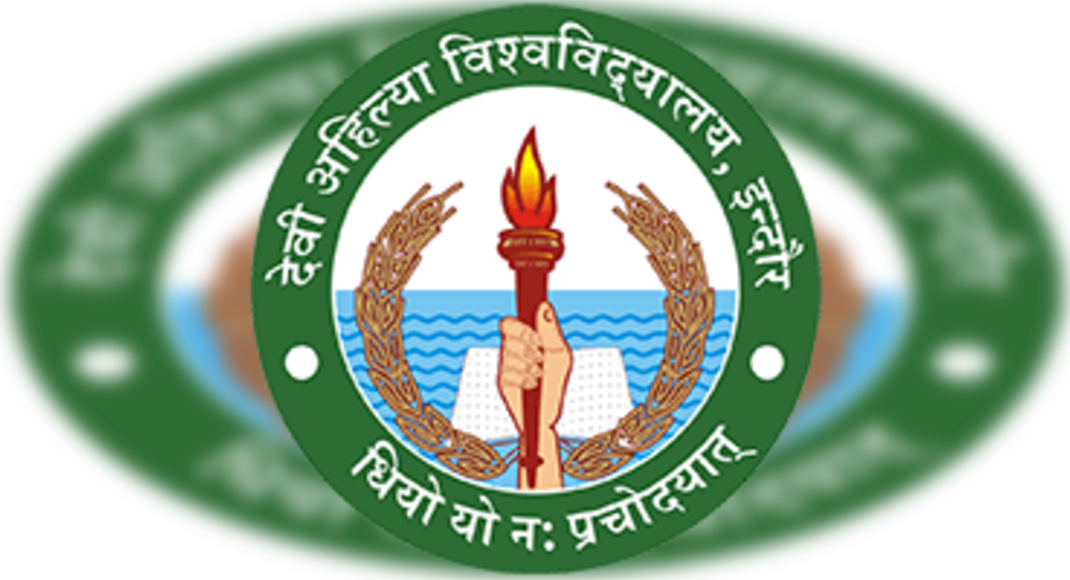New Delhi: Around 46 percent of girls in India under the age of 15 are anemia, according to a report released on Monday on national children’s day, every year is observed on January 24 to increase awareness to promote rights, education, health and nutrition girls throughout the country.
The findings with the SRL Diagnostics are based on a total of 8,57,003 hemoglobin tests conducted in the last 7 years, between January 2015 and November 2021.
Safe! You have managed to throw your voteogin to see the results of the study show that 63 percent of all samples, in all women’s age groups, were tested positively anemia.
But in girls less than 15 years, the percentage of positive samples for anemia is 46 percent.
Of these, 13 percent is very anemic.
Furthermore, this study also showed that Assam was the worst affected by 72 percent of married women who were anemic, followed by Haryana (69.7 percent) and Jharkhand (68.4 percent).
Globally, anemia affects 1.62 billion people, which is in accordance with 24.8 percent of the population.
According to the National Family Health Survey (NFHS) – (III), more than half of women in India (55 percent) have anemia.
“The prevalence of anemia in all groups is higher in India compared to other developing countries,” said Anand K., CEO of SRL Diagnostics said in a statement.
“Diagnosis of the root cause of anemia is very important.
While dominated by anemia is caused by iron deficiency or vitamin B12 deficiency, there may be other reasons for anemia that need to be investigated,” added Dr.
Anurag Bansal, Technical Director, SRL.
Diagnostic.
Anemia is a condition in which there is a decrease in the number of circulating red blood cells and / or hemoglobin contained in it and is the most common nutritional deficiency disorder in the world.
There are conditions that do not produce enough healthy blood cells, destroying too many red blood cells or circulating red blood cells; All of this can cause anemia.
While lighter anemia is “silent”, without symptoms, in its severe form, the condition is associated with symptoms such as fatigue, weakness, dizziness and drowsiness.
If not treated, anemia can deteriorate and be a cause of the underlying chronic disease, such as fetal development disorders during pregnancy, delays in cognitive development and increased risk of infection in young people, and reduce physical capacity to everyone.
“Anemia mitigation in India requires a multi-level approach that includes a level of high-level awareness, communication changes in behavior and challenging community norms related to female nutrition and health needs” anand.







